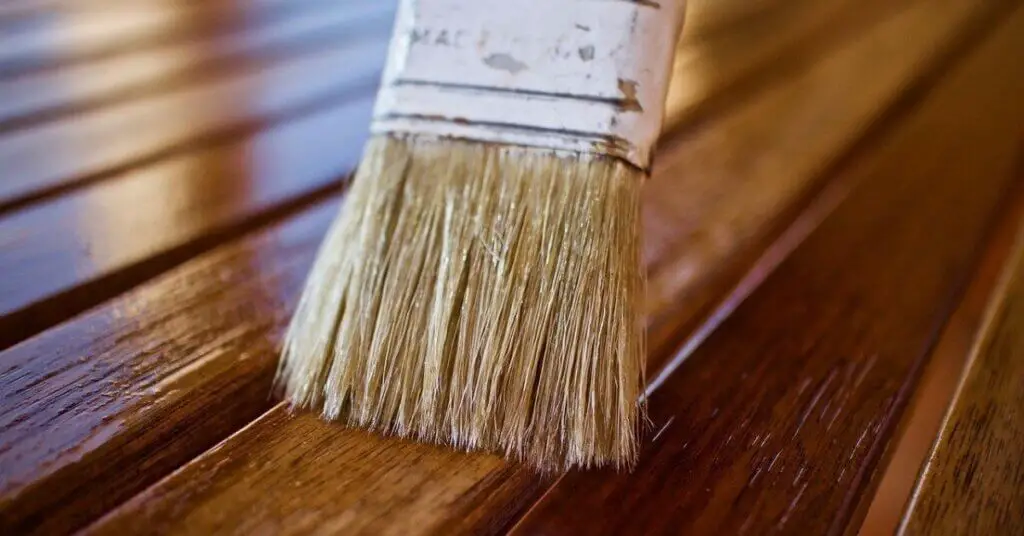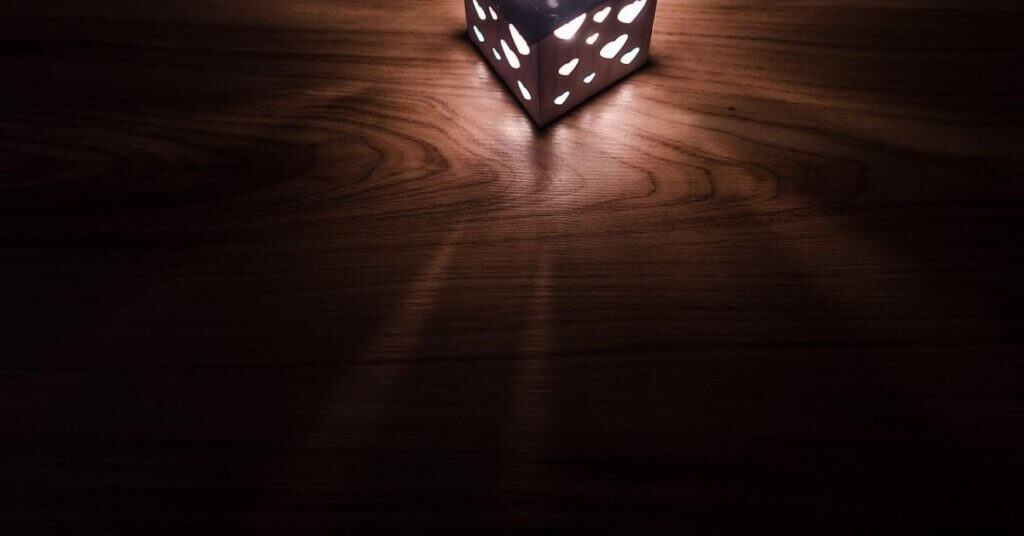Introduction
Walnut Wood is a hardwood known for making high-quality floors and Furniture. It gives a great dark brown appearance. Its hardness, durability, and stability make it suitable for indoor and outdoor Furniture. It has many remarkable properties, Which makes it unique from other hardwoods.
“Walnut” is a common name of 21 species in the Walnut family Juglandaceae. Most of these are valuable and very expensive. The properties and behavior of these walnut species are very close to each other. There may be hardness, color, and grain pattern differences among walnut species. It is used based on the properties of the wood.
It is a deciduous medium to large tree native to North and South America, southern Europe, Asia, and the West Indies. China is the world’s largest producer of walnuts. China contributes about 45- 50% of the world’s walnut production. The United States is in the second position.
| Scientific name | Juglans |
| Wood color | light brown to a dark chocolate |
| Tree Height | 30-130 ft (20-30 m) tall |
| Workability | Generally easy to work. |
| Finishing | Great Finishing |
| Rot Resistant | Very durable in terms of decay resistance |
| Availability | Widely available |
| Type | Hardwood |
| Uses | Furniture, cabinetry, gunstocks, veneers sheet, turned objects, etc. |
Walnut Wood Uses

1. Furniture
Walnut is a medium-density strong, durable, stable hardwood widely used for making interior and exterior furniture. Its rich brown color and workability make it a better choice for furniture.
American walnut is the most preferred wood for making quality furniture. It is easy to work, holding glue, nails, and screws well.
2. Flooring
There are many reasons to use walnut wood for quality flooring. Walnut hardwood flooring is attractive and durable. It is a medium-density, deep-grain pattern hardwood that reduces the chances of getting dents and scratches.
American Walnut wood is a great choice for dark wooden floors. We have great color options in walnut flooring: light brown to almost purple hues. It is easy to maintain and finish.
3. Gunstocks
Walnut wood is the first choice for making gun stocks. Because it is shock-resistant, hard, and gives great finishing. Walnut’s grain is closer and denser, so it isn’t prone to splitting easily.
4. Veneers
A veneer is a thin(The standard thickness of veneers is 0.6 mm.) sheet of solid wood. The veneer retains the real look and appearance of solid wood. It is less expensive compared to solid wood.
5. Carvings and small objects
Black walnut is a popular choice for carving. It has rich color and grain and is easy to carve using machines and hand tools. Wood has oily nature that makes it easier to curve and gives a shiny and smooth finish.
Black Walnut was used to make plane propellers during World War I (WWI). During World War II, the U.S. The government launched a campaign in which people were encouraged to give walnut trees to the army to support the war effort.
6. Interior Trim
Walnut is also used for interior trim because it finishes well and looks attractive. It can be easily shaped with small tools.
Working With Walnut Wood
Usually, Walnut is easy to work with hand and machine tools. But planer operation can be difficult due to irregular and interlock grain patterns. Walnut wood holds nails and screws very well because the Walnut’s density is medium-hard.
Most heavy heartwoods don’t handle glue well, but Walnut does. When gluing a walnut project, the excess adhesive must be wiped off immediately, or it will leave a dark stain after it dries.
Walnut wood can be a bit difficult to achieve a smooth finish. Finer sandpaper is required for a smooth and excellent finish. Hand sanding will be much better than machine sanding.
Steam bending works well with walnut wood. It bends easily without losing its integrity. Well, bending depends on many things, such as the wood’s thickness, length, and moisture content. The most important thing is the method which you are using for bending.
How to Stain Walnut Wood?

Most people prefer to stain light-colored wood, and it is easy to do so. Walnut wood looks great with or without stain because of its color. Most people do not prefer to stain because of the natural color of walnuts.
Let’s see how walnuts can be stained if you want to stain. First of all, the wood surface has to be prepared for stain. Just follow these steps.
Light sanding: In the first step, we have to do a soft sanding parallel to the grain so the surface becomes smooth and clean. Clean any external stains thoroughly. After this, clean the wood surface with a dry cloth.
Apply Sanding Sealer: In this step, we use a sanding sealer. Sanding sealer is a wonderful clear liquid base finish applied after sanding. Sanding sealer helps to condition the stain and seal the wood’s open pores.
The stain dries quickly and forms a patchy stain. Sanding-sealer seals the large open pores and allows the stain to dry slowly.
Apply an oil-based Stain: Apply two coats of stain with light hands. Keep a gap of one hour between both coats. After the final coats, you get a gorgeous, consistent color across the board.
Final step: Apply your clear finish of choice, Varnish, lacquer, etc.
Wood staining is a better option to protect the wood from rotting. The stain creates a protective layer between the wood and the environment. Because of this, dust and moisture do not affect the wood.
Is Walnut Wood Expensive?
Walnut is more expensive than other hardwoods, but it justifies its value. It is costly hardwood because it is rarer and high in demand. We know every great thing has value.
Another reason is, Walnut trees grow very slowly. The black walnut tree takes more than 35 years to mature. Walnut typically costs more than Oak, pine, and many kinds of wood. Even after it is expensive, there is a demand for woodworking projects.
Walnut Wood Advantage and Disadvantage
Advantages
- Appearance: Walnut is famous for its Light brown to dark chocolate color and contains dark brown streaks. Its straight grain pattern presents a fine appearance. It looks smooth even after finishing.
- Durability: Wood is very durable and stable. It remains durable for a long time without any maintenance. Walnut wood lifespan can be around 150 to 250 years with low care.
- Workability: Working with walnut wood is a good experience. Glues, stains, polishes, and finishes nicely. Responds well to steam bending.
- Water Resistance: Wood is also resistant to mold and water. It is suitable for exterior applications after exterior finishing.
Disadvantages
- Expensive: Walnut is a costly wood, as it is rare and is in high demand.
- Heavyweight: Walnut is a heavy wood, making it difficult to work with. Bastogne Walnut has an Average Dried Weight of 46 lbs/ft3 (745 kg/m3). Therefore it is challenging to work at high and in transportation.
- Turning lighter over time: Like most dark woods, walnut wood also fades with time in UV rays and the effect of weather. To avoid color fade, we have to paint or polish.
- Inset Attract: Walnut is resistant to decay but susceptible to insect attack. It starts getting affected by being in contact with the soil.
Types of Walnut

1. African Walnut (Lovoa Trichilioides)
African Walnut is commonly known as Congowood, Dibetou, or tigerwood. This is a large-sized (100-150 ft (30-46 m) tall and 2-5 ft trunk diameter) deciduous tree. It is native to West tropical Africa.
African Walnut is very stable and durable, hard, and close-grained. Generally, it has irregular and interlocked grain with even texture and a high level of natural luster.
Its heartwood is golden yellow to reddish-brown, while the sapwood is medium yellow to light gray.
Hardness: Its Janka hardness is 940 lb (4,180 N). Its medium-density hardness is better for flooring.
Workability: Easy to work with hand and machine tools. There may be problems due to interlocking grain in machine operation. Finish well.
Uses: Veneer, plywood, flooring, furniture, cabinetry, and turned objects.
2. Black Walnut (Juglans Nigra)
Black Walnut is a large deciduous tree that is native to North America. A mature tree maybe 30–40 m (100–130 ft) tall and 2–3 ft (.6–1 m) trunk diameter. Black Walnut is cultivated for nuts and wood.
Black Walnut is durable, stable, and rot-resistant but susceptible to insect attack. It is used commercially.
Its heartwood is lighter pale brown to dark chocolate brown with darker brown streaks, while the sapwood is pale yellow-gray to nearly white. After finishing well, it gives a smooth and fine appearance.
Hardness: Its Janka hardness is 1,010 lb (4,490 N).
Workability: Easy to work with hand and machine tools. Glues, stains, and finishes well. There may be an interlocking grain problem.
Uses: Black walnut is used for furniture, cabinetry, gunstocks, interior paneling, veneer, turned items, and other small wooden objects and novelties.
3. Bastogne Walnut (Juglans x paradox (J. hindsii x J. regia))
Bastogne Walnut is a hybrid mix of native Claro Walnut and English Walnut. Tree height is 50-100 ft (15-30 m), and trunk diameter is 3-5 ft (1-1.5 m). The tree grows quicker than Claro or English Walnut.
Heartwood colors vary from lighter golden yellow to reddish brown with dark brown streaks, and the sapwood is yellowish.
Hardness: Its Janka hardness is 1,250 lb (5,560 N).
Workability: Generally easy to work with straight grain. But sometimes, machine operation may be complex due to interlocking grain. Otherwise Glues, stains, and finishes nicely.
Uses: Gunstocks, veneer sheets, furniture, turned objects, musical instruments, tool handles, and other small specialty items.
4. Claro Walnut (Juglans hindsii (also J. Californica))
Claro walnut is called Northern California black walnut and Hinds’ black walnut. It is a medium-sized tree that grows up to 30-60 ft (9-18 m) tall. Claro is native to California and Oregon. It is used as an ornamental tree in parks and gardens.
There is suitable wood for making furniture. Heartwood is lighter pale brown to dark chocolate with darker brown streaks, whereas sapwood is almost white.
It is a durable, stable, and versatile wood used for many purposes.
Hardness: Hardness is 1,130 lb (5,030 N) on the Janaka scale.
Workability: Easy to work with straight and regular grain. Planer tear-out can sometimes be a problem with irregular or figured grain. Glues, stains, and finishes nicely.
Uses: Furniture, cabinet, gunstocks, musical instruments, veneer sheets, turned into decorative items and novelties.
5. English Walnut (Juglans regia)
English Walnut is also known as Circassian Walnut, European Walnut, French Walnut, and Common Walnut. It is a large deciduous tree, attaining heights of 80-115 ft (24-35 m) and a trunk up to 5-6 ft (1.5-2.0 m) in diameter.
Heartwood can range from a lighter pale brown to dark chocolate with brown streaks. Sapwood is nearly white. English walnuts tend to be lighter in color than Eastern black walnuts.
Hardness: On the Janaka scale, hardness is 1,220 lb (5,410 N).
Workability: Easy to work with straight and regular grain. Sometimes irregular or interlocking grains cause problems. Holds nails and screws well.
Uses: Furniture, cabinetry, gunstocks, interior paneling, veneer, turned items, and other small wooden decorative objects.
6. Peruvian Walnut (Juglans australis)
Peruvian Walnut, also known as Nogal, is a medium-sized tree that grows up to 30-60 ft (9-18 m) tall 2-3 ft (.6-1.0 m) trunk diameter. It is native to Southern Mexico, Central and South America. It is a rare wood. Its population is decreasing due to continuous harvesting.
Its heartwood is dark chocolate brown with a purplish hue, and the sapwood is light to cream.
Hardness: Its Janka hardness is 960 lbf (4,250 N).
Workability: The working properties of Peruvian Walnut is excellent. Because its density is medium, there can also be irregular or figured grain.
Uses: Furniture, cabinetry, veneers, flooring, musical instruments, and interior trim.
7. New Guinea Walnut (Dracontomelon Mangiferum)
New Guinea Walnut is known as the Pacific walnut, Lamyo, or Paldao. It is native to Southeast Asia. The mature tree is 100–120 ft (30–37 m) tall and has a 5–7 ft (1.5–2.1 m) trunk diameter.
Its heartwood is light to medium brown, sometimes with a reddish, grayish, or greenish cast, while the sapwood is wide pink to gray.
Hardness: Its Janka hardness is 910 lb (4,040 N).
Workability: Easy to work with machines and hand tools. Due to interlocked grain, there may be problems in machine operation. But Glue and finish well.
Uses: Veneer, furniture, cabinetry, and flooring.
8. Queensland Walnut (Endiandra Palmerstonii)
Queensland Walnut is a large (120-140 ft (37-43 m) tall) tree and native to Northern Queensland (Australia).
Heartwood is grayish-brown with streaks of chocolate brown, black or pink, and the sapwood is light brown. Grain is usually interlocked and wavy.
Hardness: Its Janka hardness is 1,670 lb (7,380 N), and its Crushing Strength is 9,950 lb/in2 (68.6 MPa).
Workability: Working with Queensland Walnut is challenging because of its interlocked grain and silica content.
Uses: Cabinetry, flooring, millwork, furniture, and veneers.

